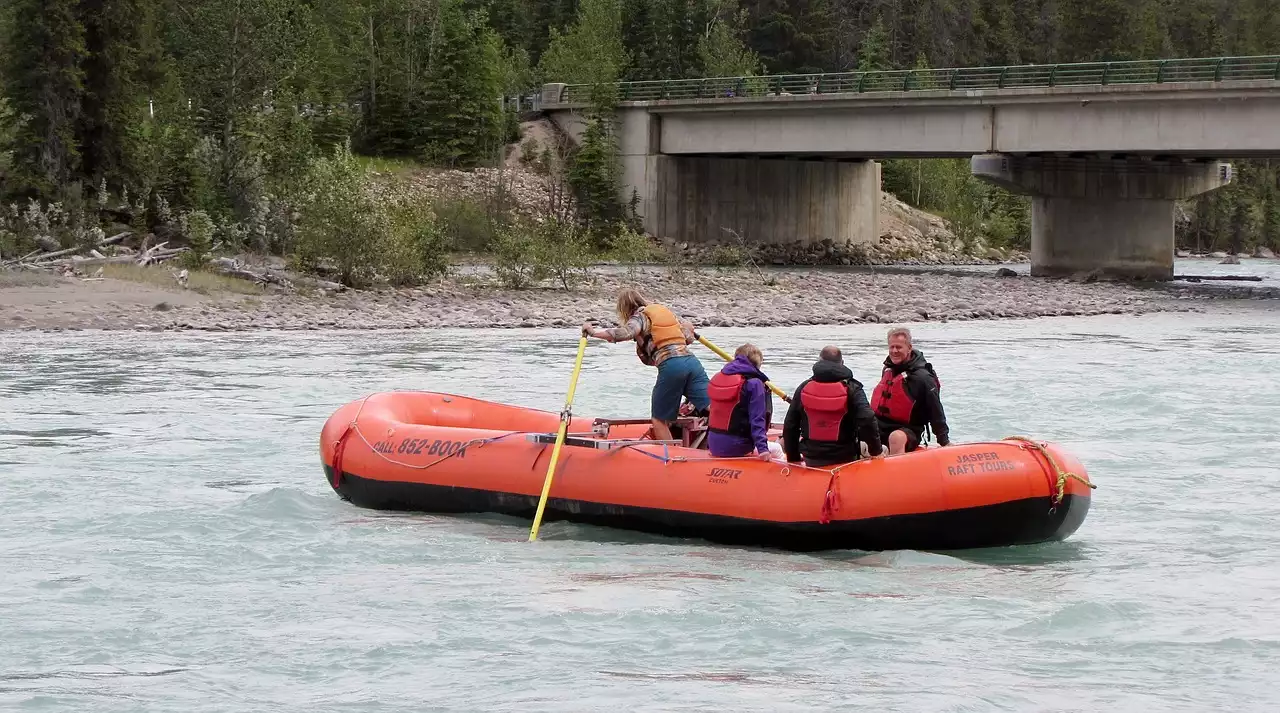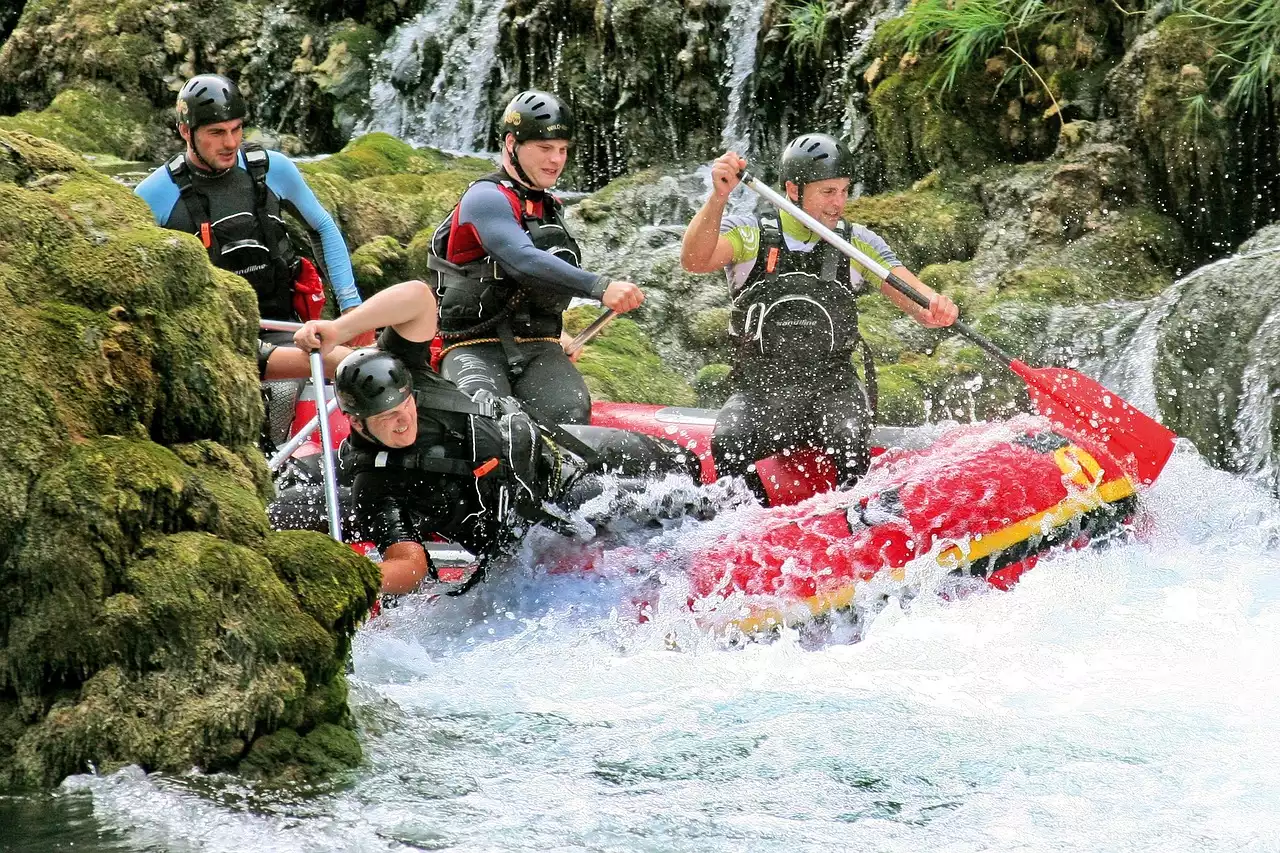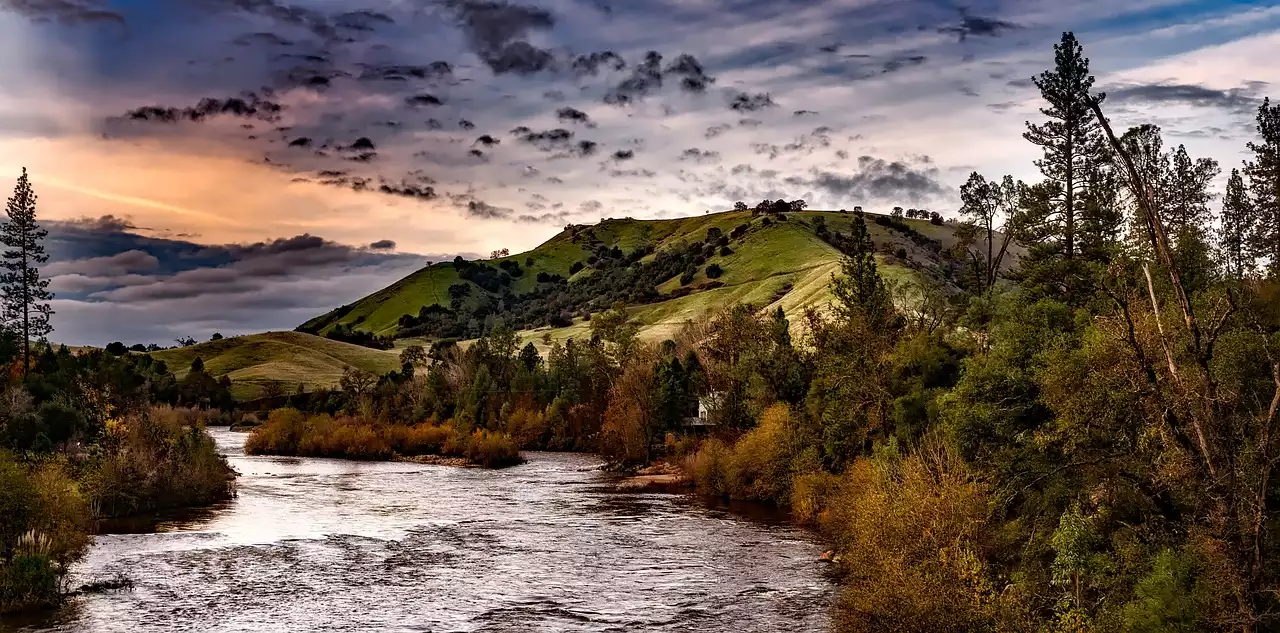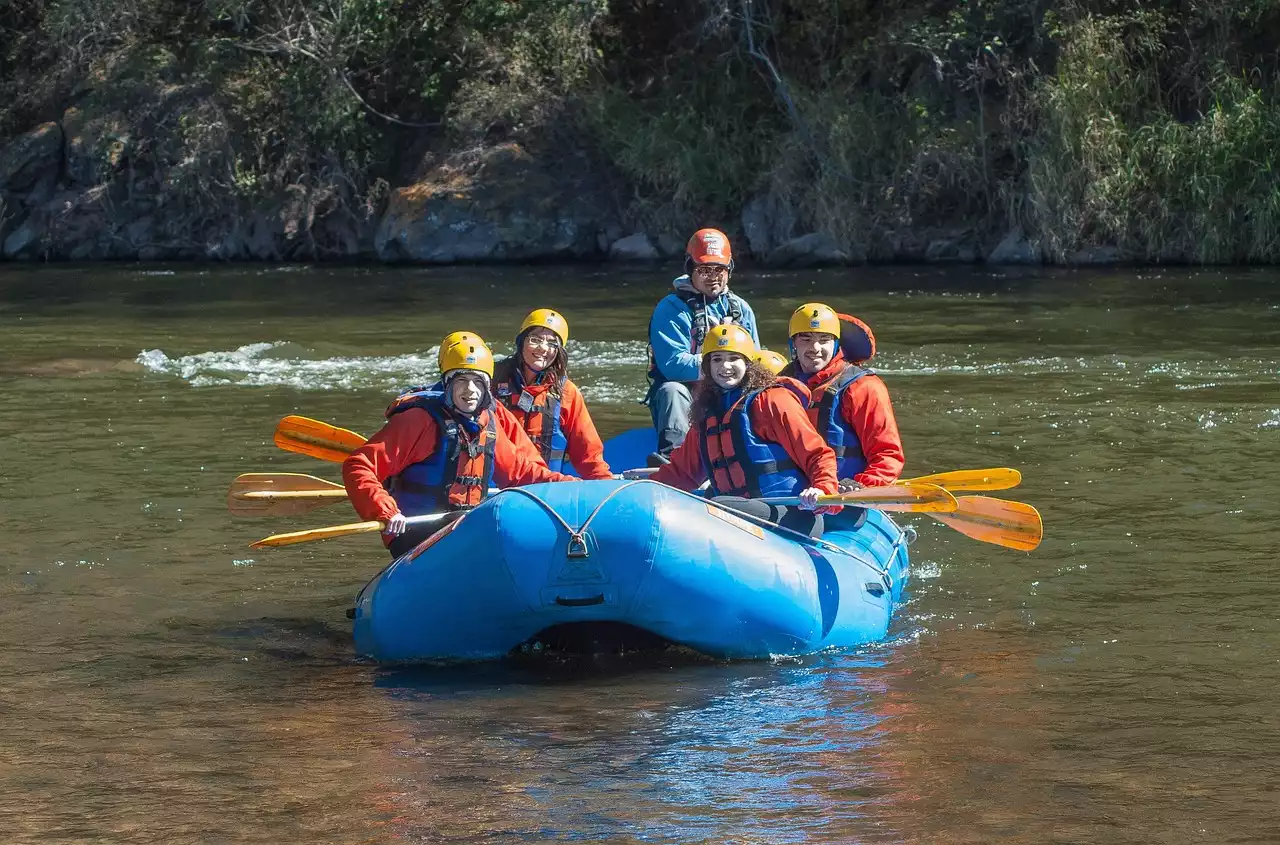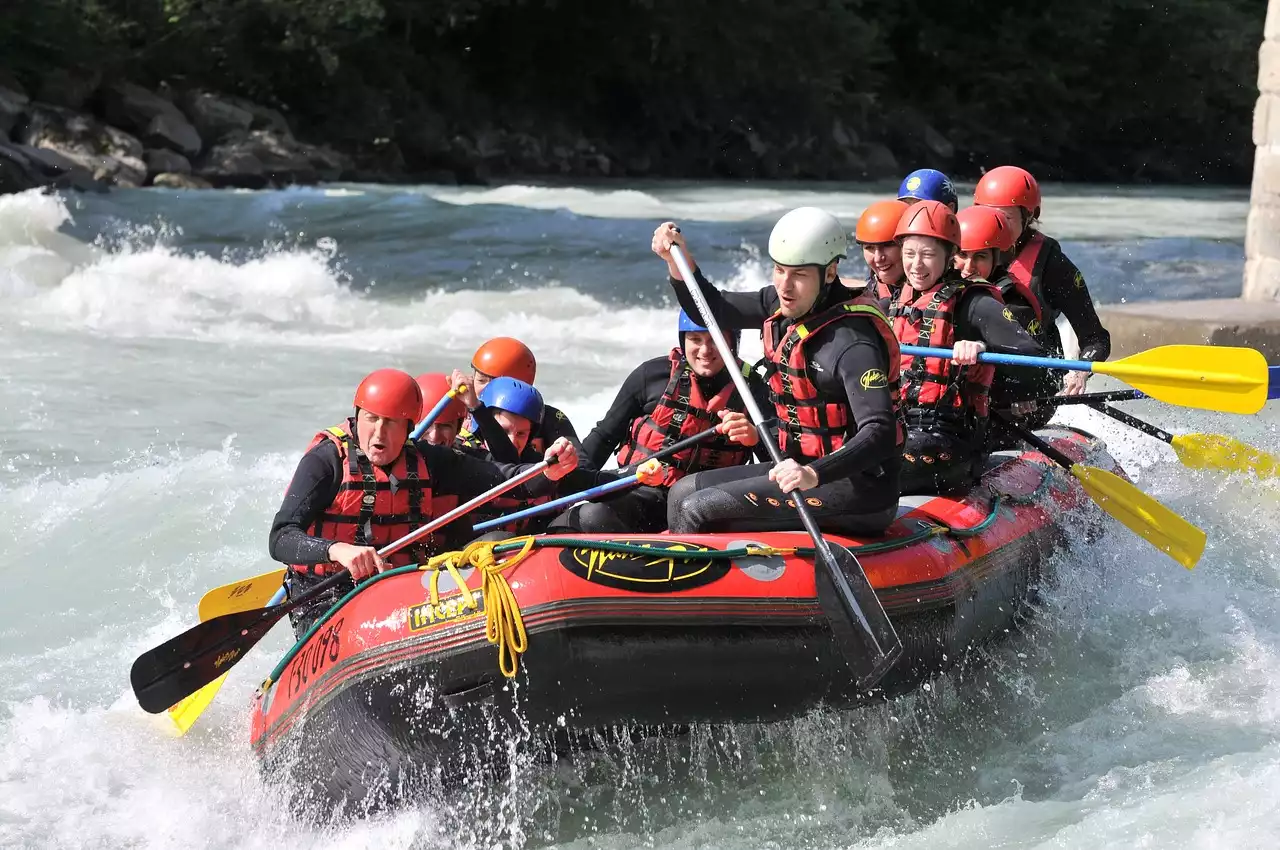Choosing the right rafting trip for your family
The first step in planning a family rafting trip is to choose the right trip for your family's skill level and interests. There are many different types of rafting trips available, ranging from mild to wild. Here are some factors to consider when choosing the right trip for your family:
Skill level
If you're new to rafting, it's important to choose a trip that matches your skill level. Look for beginner-level trips that are designed for families and offer mild rapids and calm stretches of water. If you have some experience, you may want to consider intermediate-level trips that offer more challenging rapids and longer stretches of whitewater.
Age requirements
Many rafting trips have age requirements, so be sure to check the minimum age for each trip before booking. Some trips may also have weight and height requirements, so make sure to check those as well.
Location
Consider the location of the trip when choosing a family rafting adventure. Do you want to stay close to home or travel to a new destination? Keep in mind that some trips may require air travel or a long drive to reach the starting point.
Preparing physically for a family rafting trip
Rafting can be physically demanding, so it's important to prepare yourself and your family before embarking on a trip. Here are some tips to help you get in shape for your family rafting adventure:
Cardiovascular exercise
Rafting requires a lot of paddling, which can be taxing on your cardiovascular system. To prepare for a rafting trip, focus on cardiovascular exercises such as running, cycling, or swimming. Aim to exercise for at least 30 minutes a day, five days a week.
Strength training
In addition to cardiovascular exercise, it's also important to build strength in your upper body and core. Focus on exercises that target your arms, shoulders, chest, and back, as well as your abdominal muscles.
Stretching
Stretching is an important part of any exercise routine, but it's especially important when preparing for a rafting trip. Focus on stretching your arms, shoulders, and back to help prevent injury and improve your range of motion.
Packing essentials for a family rafting trip
Packing for a family rafting trip can be overwhelming, but with the right gear and clothing, you'll be prepared for whatever the river throws your way. Here are some essential items to include in your packing list:
Gear
- Rafting helmet - Personal flotation device (PFD) - Paddle - Dry bags (to keep your gear dry) - Water shoes or sandals with a strap - Sunglasses with a strap - Sunscreen (waterproof) - Insect repellent - First aid kit
Clothing
- Quick-drying shorts or swim trunks - Rashguard or quick-drying shirt - Wet suit (if the water is cold) - Fleece or synthetic jacket (for cooler weather) - Hat or visor - Waterproof watch
Safety equipment
- Throw bag - Whistle - Knife
Planning meals and snacks for a family rafting trip
When planning meals and snacks for a family rafting trip, it's important to consider the length of the trip, the number of people in your group, and any dietary restrictions. Here are some tips to help you plan your meals and snacks:
Breakfast
Choose breakfast foods that are easy to prepare and provide sustained energy. Some good options include oatmeal, eggs, and breakfast burritos.
Lunch
For lunch, pack sandwiches, wraps, or salads that can be made ahead of time and stored in a cooler. Don't forget to include plenty of fruits and vegetables for energy and hydration.
Dinner
Dinner should be a hearty meal that provides plenty of protein and carbohydrates. Good options include pasta dishes, stir-fries, and grilled meats or fish.
Snacks
Pack plenty of snacks to keep everyone fueled throughout the day. Good options include trail mix, energy bars, fruit, and granola.
Safety considerations for family rafting trips
Rafting can be a thrilling and exhilarating experience, but it's important to take safety seriously. Here are some safety considerations to keep in mind when planning a family rafting trip:
Wear a PFD
A personal flotation device (PFD) is essential for everyone on the raft. Make sure to choose a PFD that fits properly and is appropriate for the type of rafting you'll be doing.
Listen to your guide
Your guide is there to keep you safe and help you navigate the river. Make sure to listen to their instructions and follow their lead.
Know your limits
Rafting can be physically demanding, so it's important to know your limits and take breaks when needed. Don't push yourself too hard and take breaks as necessary.
Tips to keep your kids engaged and entertained on the rafting trip
Rafting is a great way to get kids outdoors and engaged in nature, but it can also be a long and tiring experience. Here are some tips to keep your kids engaged and entertained on the rafting trip:
Bring games and toys
Pack some games and toys to keep your kids entertained during downtime. Good options include playing cards, frisbees, and coloring books.
Point out wildlife
Rafting trips are a great opportunity to see wildlife in their natural habitat. Keep an eye out for birds, fish, and other animals, and point them out to your kids.
Take breaks
Rafting can be physically demanding, so make sure to take breaks and give your kids a chance to rest and recharge.
Skills to learn before embarking on a family rafting trip
Before embarking on a family rafting trip, it's important to learn some basic skills to help you navigate the river safely. Here are some skills to practice before your trip:
Paddling
Practice your paddling technique to help you maneuver the raft through the rapids. Make sure to use your upper body and core to power your strokes.
Bracing
Bracing is a technique used to help you stay in the raft when it hits a wave or rock. Practice bracing by leaning to one side and digging your paddle into the water.
Flipping the raft
In the event that the raft flips over, it's important to know how to flip it back over and get back in. Practice flipping the raft in calm water to prepare for this scenario.
Recommended family rafting trips for beginners
If you're new to rafting, it's important to choose a trip that matches your skill level. Here are some recommended family rafting trips for beginners:
Lower Klamath River, California
This beginner-level trip offers mild rapids and stunning scenery. The trip is suitable for kids ages 6 and up.
Deschutes River, Oregon
This intermediate-level trip offers more challenging rapids, as well as opportunities for hiking and exploring. The trip is suitable for kids ages 10 and up.
Green River, Utah
This beginner-level trip offers calm stretches of water, as well as opportunities to explore the surrounding canyons. The trip is suitable for kids ages 5 and up.
Making unforgettable memories through family rafting trips
A family rafting trip is an experience like no other. From the thrill of navigating rapids to the beauty of the surrounding scenery, a family rafting trip is sure to create lasting memories for everyone involved. By choosing the right trip, preparing physically and mentally, and taking safety seriously, you'll be able to embark on a successful and enjoyable family rafting adventure. So, grab your paddle and get ready to make some unforgettable memories with your loved ones on the water.
